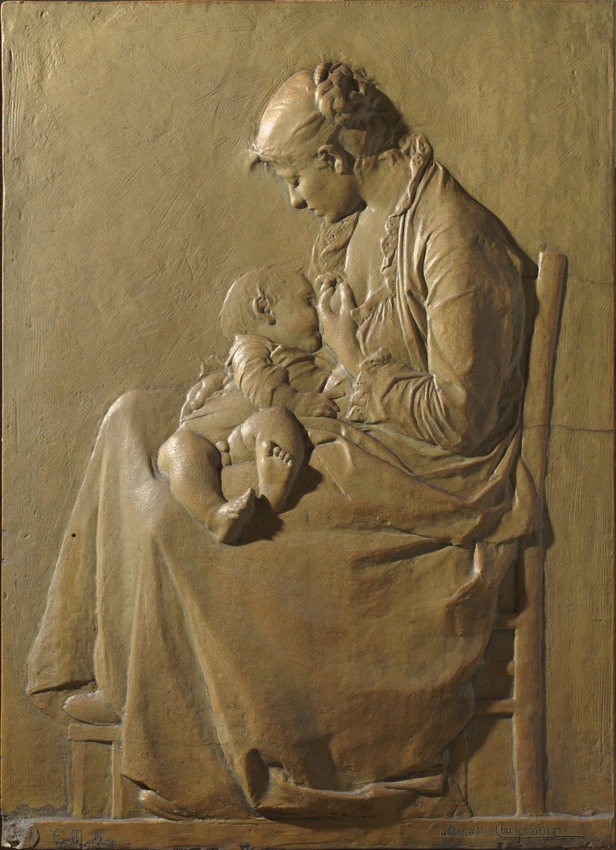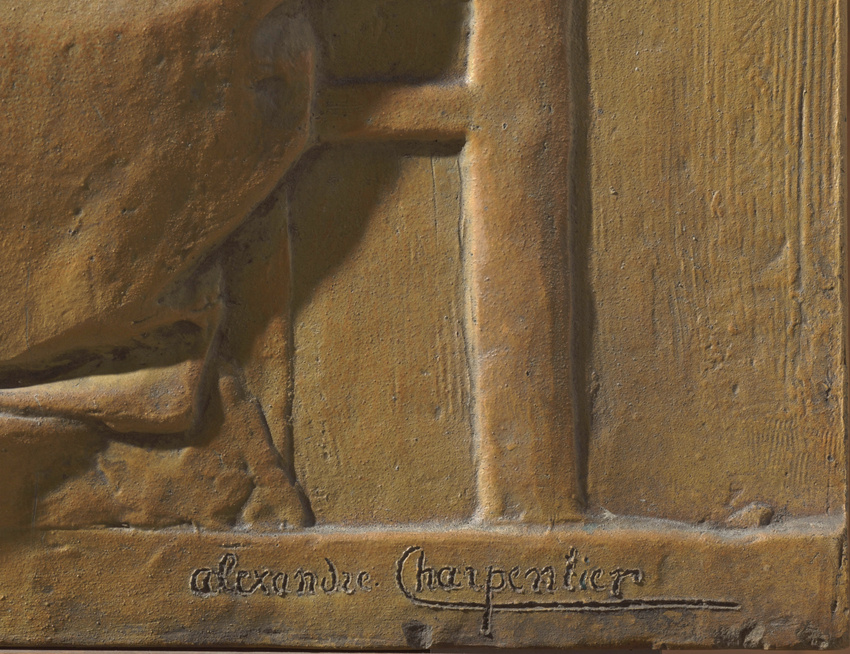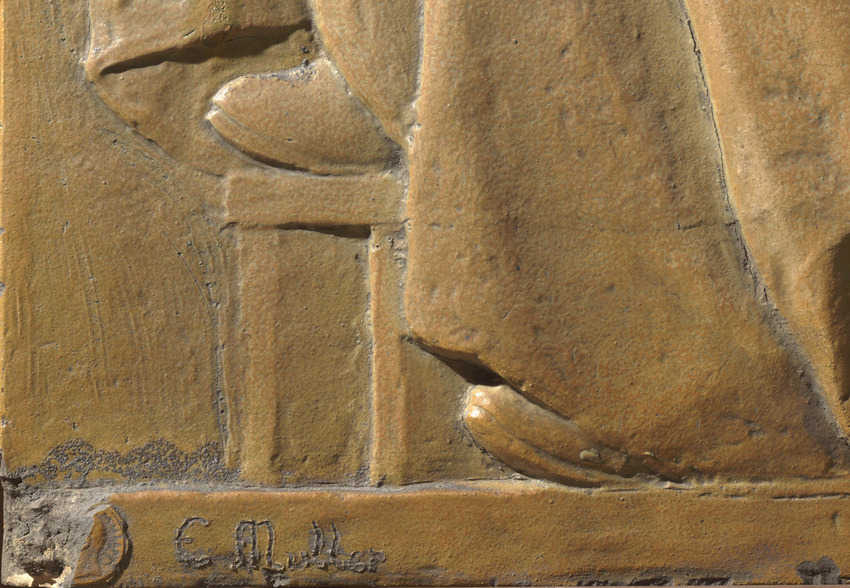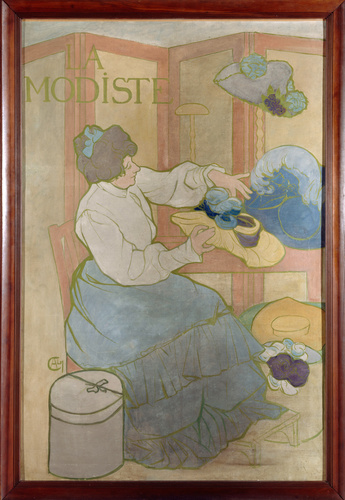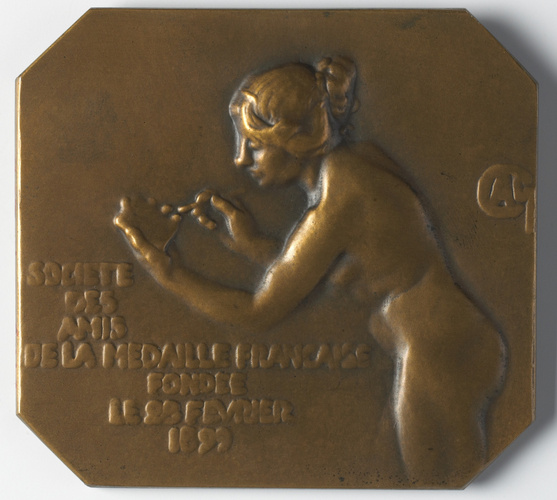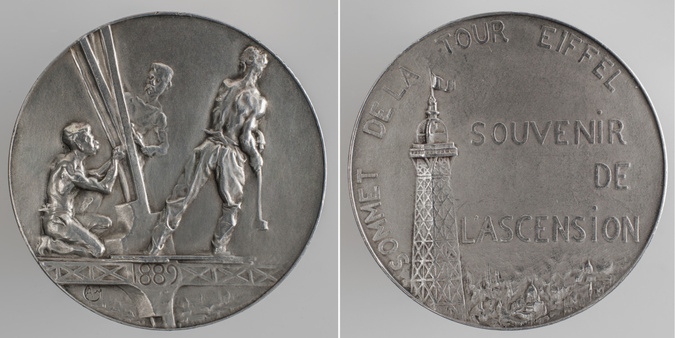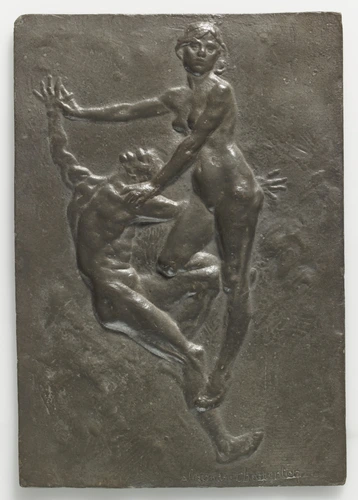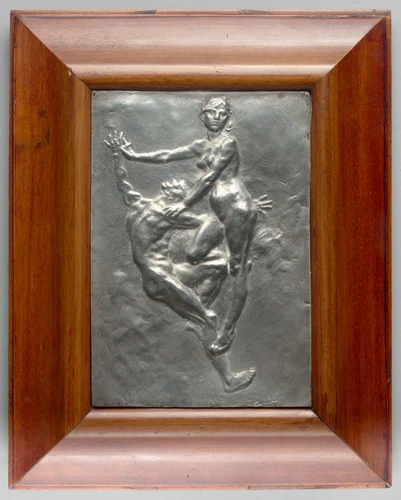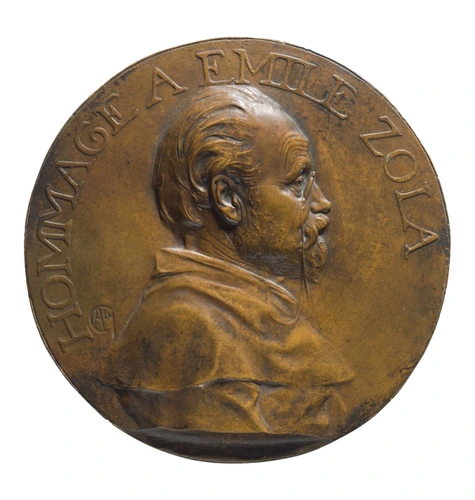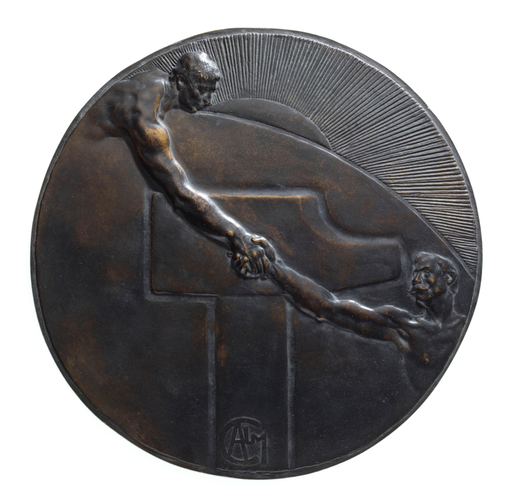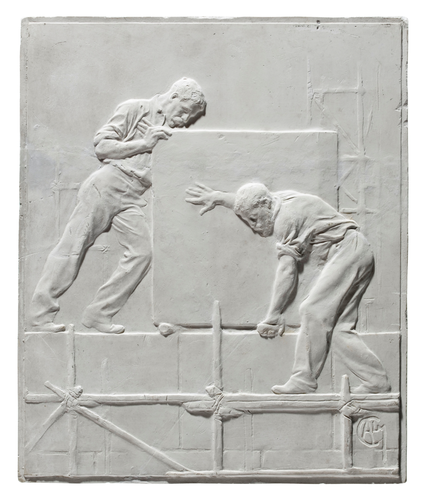Jeune mère allaitant son enfant
This relief made Charpentier famous. In 1883, he exhibited it in plaster at the Salon for French artists, captivating the critics and official authorities. The State bought this first version, and commissioned another in marble in 1888. From the early 1890s on, there was scarcely an exhibition where Charpentier did not show a copy of this work.
This success led him to translate it in an array of different materials. He produced it in different sizes, from 8cms to 1m50 in height. Remarkably, these variations in size and materials did not in any way alter the three- dimensional quality of the work. The wonderful virtuoso details, like the footstool for the mother, and the perfect foreshortening of the baby's body were always maintained.
Contrary to traditional opinion, it is not a representation of his wife Madame Charpentier and one of their children, but the sister of his brother in law, Louis Joly, and her baby. Neither the name of the mother nor the child is known. This detail is of little importance, for Charpentier managed to give a universal dimension to his Young Mother nursing.
He drew on a variety of sources, like the women feeding their babies sculpted by Dalou during his time in London between 1871 and 1880, and a Maternity by Eugène Carrière (1879, Avignon, Musée Calvet), thus continuing the realist vein. He looked back to the Italian Renaissance for formal sources. His use of schiacciato, shallow relief carving, owes much to Donatello's marble sculptures. The composition and iconography are reminiscent of Madonna of the Stairs by Michelangelo (1489-1492, Florence, Casa Buonarroti). Is not this woman feeding her baby, a secular, modern and popular version of the Madonna and Child?
